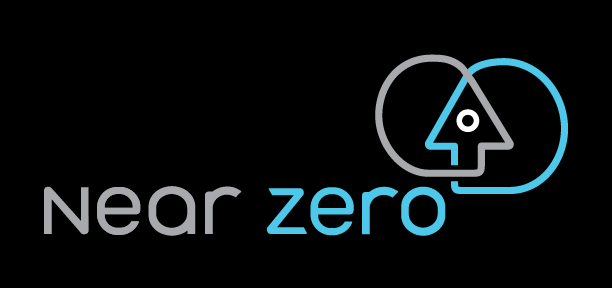Interpreting AB 398’s carbon offsets limits
AB 398 requires the California Air Resources Board (ARB) to incorporate new limits on the use of carbon offsets in its post-2020 cap-and-trade market design. ARB has released its initial thinking on how to implement these new statutory provisions. We review two key issues here.
First, AB 398 requires ARB to limit the use of offsets to 4% and 6% of an entity’s emissions in the periods 2021-25 and 2026-30, respectively. ARB has proposed a novel interpretation of how to calculate the timing of applicable restrictions such that the higher limit would apply to most emissions that take place in calendar years 2024 and 2025, in addition to those that occur in 2026 through 2030. The proposed interpretation would increase the maximum quantity of offset credits that can be used by a total of approximately 8.5 million instruments, relative to a scenario in which AB 398’s limits are applied to calendar-year emissions.

Second, AB 398 further limits the total number of offset credits that covered entities can use from projects that do not generate a “direct environmental benefit” (or “DEB”) to air or water quality in California. We explore under what conditions an offset project produces a DEB. ARB has proposed a project-by-project evaluation but has not yet offered any bright-line rules to limit acceptable arguments for establishing a DEB. While a project-by-project approach could make sense, we argue that ARB’s DEB assessment should exclude greenhouse gas (GHG) emissions from consideration because carbon offsets create no net reduction in GHGs and therefore no net climate benefits that could be said to constitute a DEB to California air or water quality.
To read the full research note, please download the PDF report.
Near Zero research note
Danny Cullenward *†, Mason Inman *, and Michael Mastrandrea *†
* Near Zero
† Carnegie Institution for Science, Department of Global Ecology
